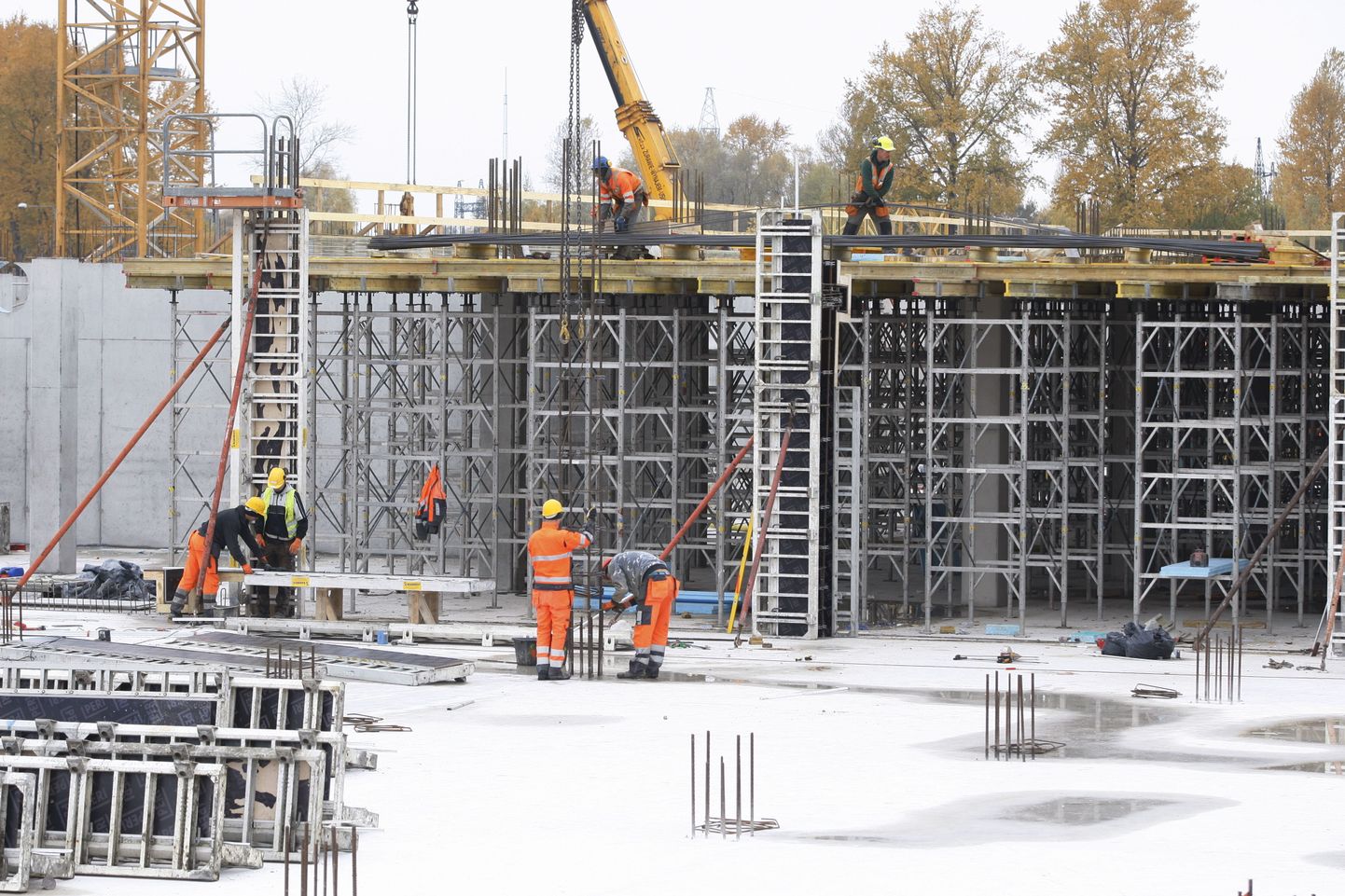The production value of building construction was 1.3 billion euros and the production of civil engineering works totalled 897 million euros. Compared to 2012, the volume of building construction and the volume of civil engineering stayed on the level of the previous year
(the growth was 0.7% and 0.6%, respectively). The volume of the construction market in 2013 is comparable with the years 2006 and 2008, but was more than a sixth smaller than in 2007, the most successful year on the construction market so far.
The growth on the domestic construction market was mainly caused by the upturn in new building construction and was also supported by civil engineering. The repair and reconstruction work in building construction stayed on the level of the previous year
In 2013, the construction volume of Estonian construction enterprises in foreign countries decreased 13% – there was a decrease in the construction of buildings as well as in civil engineering. Construction volumes in foreign countries accounted for 9% of the total volume of construction.
The number of dwelling completions increased for the second year in a row. According to the data of the Register of Construction Works, in 2013, the number of dwelling completions was 2,079, i.e. 90 dwellings more than the year earlier. Similarly to 2012, the largest share of completed dwellings were situated in one-family, two-family or terraced houses and every second dwelling had four or more rooms. In 2013, the average floor area of a completed dwelling was 120 square metres, which is also one of the biggest in the last fifteen years. The majority of completed dwellings were situated in Tallinn, in the neighbouring rural municipalities of Tallinn and in Tartu city.

